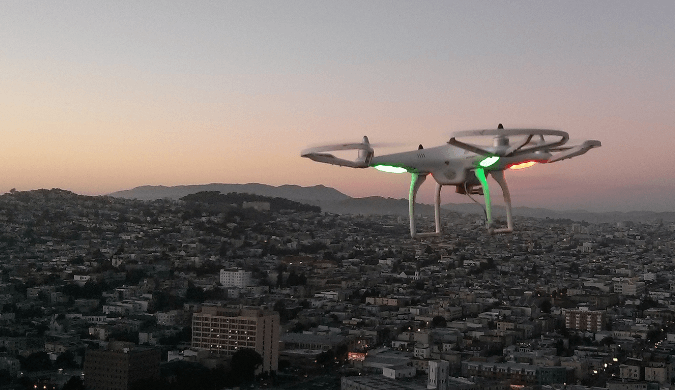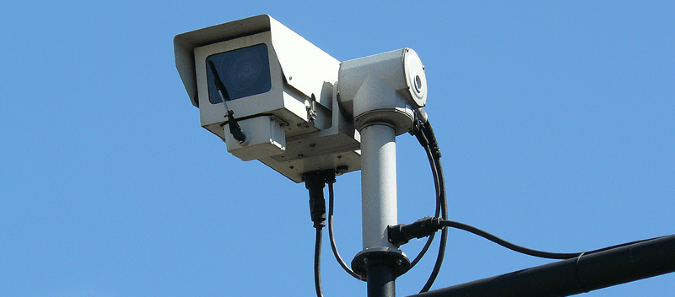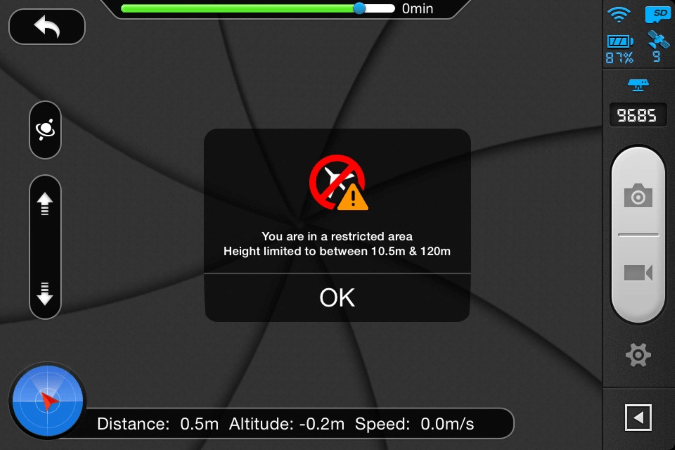There have been near misses between manned commercial aircraft and small Unmanned Aerial Vehicles (UAVs) near Heathrow, London City, Manchester, New York La Guardia and other airports around the world. The use of small UAVs and quadcopters is increasing worldwide which means the likelihood of a serious collision between a UAV and a manned aircraft is increasing. Airports, Airlines and Pilots need to decide how they are going to manage this risk.
This article describes five methods for avoiding UAV collisions and provides an initial evaluation of each method. It is not a conclusive list by any means.

Radar
| Description: | An existing or purpose-built radar is used to indicate the presence of UAVs to air traffic controllers. |
| Effectiveness: | Existing radar are unlikely to detect small UAVs effectively. Purpose built or modified radar are likely to have a high probability of detecting UAVs near and around the airport. |
| Advantages: | Most threats from UAVs should be identifiable because the radar should be specifically configured to identify and display UAVs. |
| Disadvantages: | Airports already have a lot of diverse detection systems for air traffic, birds, debris and surface movement. An additional radar system would add complexity. |
| Ease of Implementation: | There are no proven off the shelf solutions currently. Cambridge based company Aveillant offer a solution which has been demonstrated to be effective. |
| Cost: | This solution is likely to be more suitable for large busy urban airports. |
CCTV
| Description: | Closed circuit television (CCTV) cameras are installed to monitor areas where small UAV flights are more likely to be a threat to manned aircraft using an airport. |
| Effectiveness: | The system could help identify UAVs and the individuals operating the UAV. |
| Advantages: | UAVs and Operators could be detected and identified. |
| Disadvantages: | The system would be less effective at night and in poor visibility. The system relies on a human operator monitoring a CCTV screen. Camera sites would be required beyond the airfield boundary. |
| Ease of Implementation: | CCTV is an established technology. The system would need to be designed and configured to enable effective monitoring of areas around airport approaches. |
| Cost: | This solution is scalable. It could be implemented through modification or extension of existing CCTV systems. CCTV system components can be low cost due to the high volume of systems sold and installed around the world. |
Policing
| Description: | Local police officers identify and prosecute UAV operators who threaten commercial aircraft and break the law. |
| Effectiveness: | There is currently no public record of UAV operators who threaten commercial aircraft being identified or prosecuted. UAV operators have been successfully identified and prosecuted, in the United Kingdom, for flying over congested areas, flying beyond line of sight and flying too close to a public road bridge. |
| Advantages: | Prosecution is likely to be an effective deterrent to mischievous UAV operators. |
| Disadvantages: | UAV policing may not be a policing priority. UAV policing may not be particularly effective. |
| Ease of Implementation: | In the UK, responsibility for policing of small UAVs already lies with the police. Airports could improve police effectiveness by developing their knowledge of UAV laws and regulations and by identifying key times and locations where policing would be most effective. |
| Cost: | There would be no additional cost if existing resources are used or redeployed. Otherwise police staff costs would be incurred. |
Local Monitoring
| Description: | An airport uses its security, bird control and/or visual control room personnel to detect and report UAV activity. |
| Effectiveness: | These personnel are already responsible for ensuring the safety and security of operations. |
| Advantages: | These personnel already work around and have a view of critical airspace around the airport. They can contact air traffic control personnel quickly. |
| Disadvantages: | Visual control room personnel may not be able to see UAVs at long range due to their size. |
| Ease of Implementation: | This can be implemented quickly and effectively as all resources are under the airport’s control. |
| Cost: | There would be no additional cost if existing resources are used or redeployed. |
Geofencing
| Description: | UAVs have in-built systems that prevent them flying in the vicinity of airports. |
| Effectiveness: | These systems can effectively stop UAVs flying into the path of approaching manned aircraft. |
| Advantages: | This technology is effective and has been implemented in some UAVs. |
| Disadvantages: | Permitted on-airport operations are prevented. Many UAVs do not have geofencing. There are ways of circumventing geofencing. |
| Ease of Implementation: | Some small UAVs (notably those supplied by dji) are already fitted with airport geofencing. |
| Cost: | There is normally no specific additional cost as geofencing and airport locations are built-in to UAV firmware. |
Conclusions
Five methods of reducing the impact of UAVs on airport operations have been identified. These include Radar, CCTV, Policing, Local Monitoring and Geofencing. The method that an airport can implement most quickly is Local Monitoring. The method that is most likely to be effective in the long term is Geofencing.
Image attributions: “Drone over San Francisco” by arbitragery / CC BY-SA 2.0 / Image cropped and resized from original.
“CCTV camera” by Mike Fleming / CC BY-SA 2.0 / Image cropped and resized from original.
“North Yorkshire Police” by Police_Mad_Liam / CC BY 2.0 / Image resized from original.
“geo fence” by Stephan Ridgeway via Flickr / CC BY-SA 2.0 / Image cropped and resized from original.



